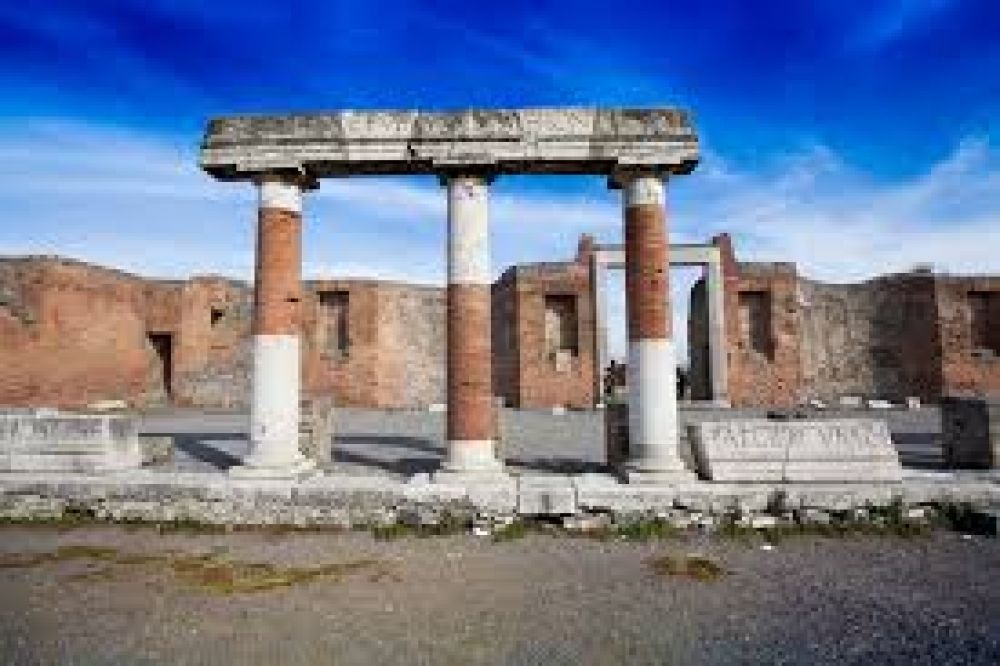

The ancient city of Pompeii, located near Naples, Italy, has been a focus of public intrigue and scholarly interest since its rediscovery in the 18th century. Buried under ash and pumice from the catastrophic eruption of Mount Vesuvius in 79 AD, Pompeii was preserved in a state of suspended animation for nearly 1700 years. Its excavation has provided an unparalleled window into ancient Roman life, inspiring visitors from around the world to explore its ruins.
Excavations began under the auspices of the Bourbon kings of Naples in 1748, and discoveries quickly generated excitement throughout Europe. The site became not only a center of archaeological study but also a must-see spot for visitors on the Grand Tour—a rite of passage for the European elite. Early tourists were fascinated by the well-preserved frescoes, artifacts, and the casts of victims encapsulated by volcanic material.
Throughout the 19th and 20th centuries, Pompeii's prominence as a tourist destination grew. The establishment of the Italian state and improvements in transportation infrastructure, including the railway, made access to the site easier. By the mid-20th century, Pompeii was recognized not only for its historical significance but also as a symbol of Italian national pride.
Tourism infrastructure developed concurrently, with the foundation of museums, preservation of ruins, and creation of visitor centers. Scholarly resources and guided tours enhanced the visitor experience, educating tourists on the historical and cultural context of the well-preserved artifacts and buildings.
In recent decades, Pompeii has experienced challenges such as over-tourism, which has prompted the authorities to implement measures to protect and preserve the site for future generations. Cutting-edge technology, including 3D reconstructions and virtual reality, has been introduced to enhance the visitor experience while minimizing the impact on the actual ruins.
Sustainability and preservation are now at the forefront of Pompeii's tourism strategy. There's an increasing focus on responsible tourism, which encourages visitors to tread lightly and support conservation efforts. Educational programs and research initiatives further aim to engage the public in the ongoing efforts to safeguard Pompeii's heritage.
During the COVID-19 pandemic, Pompeii adapted to the situation by offering virtual tours, allowing people from around the globe to explore the site from the comfort of their homes. This innovation brought Pompeii's allure to an even broader audience and highlighted its perpetual relevance in the cultural imagination.
As we look ahead, the site management continues to focus on balancing conservation needs with those of tourism. The development of immersive experiences, continued archaeological research, and a more comprehensive narrative that includes the lesser-known areas of Pompeii ensure that the destination remains appealing to a diverse global audience.
The eternal allure of Pompeii remains unwavering, as does its role in teaching humanity about its past, the fragility of civilization, and the enduring power of discovery. With innovative approaches and a commitment to sustainability, Pompeii's tourism history is still being written, as the site continues to captivate and educate each new generation of visitors.